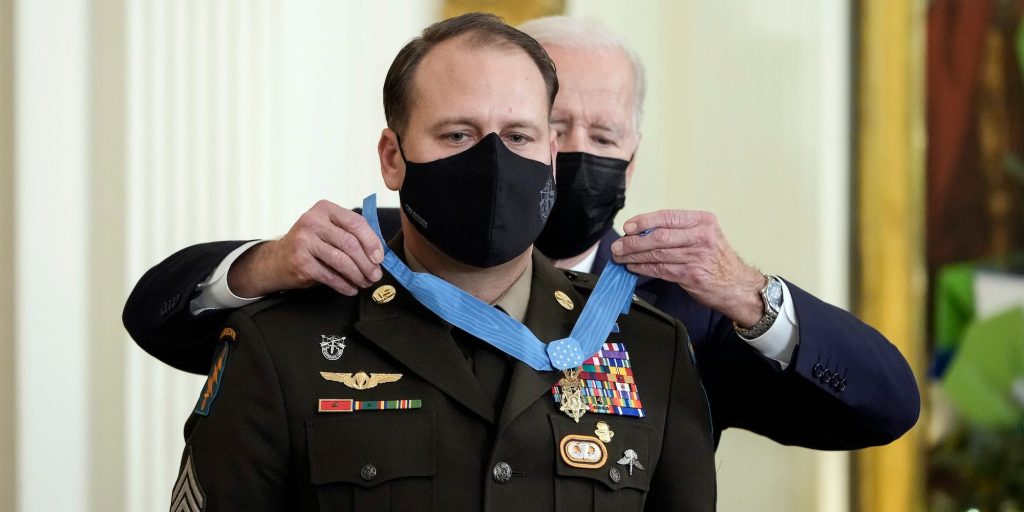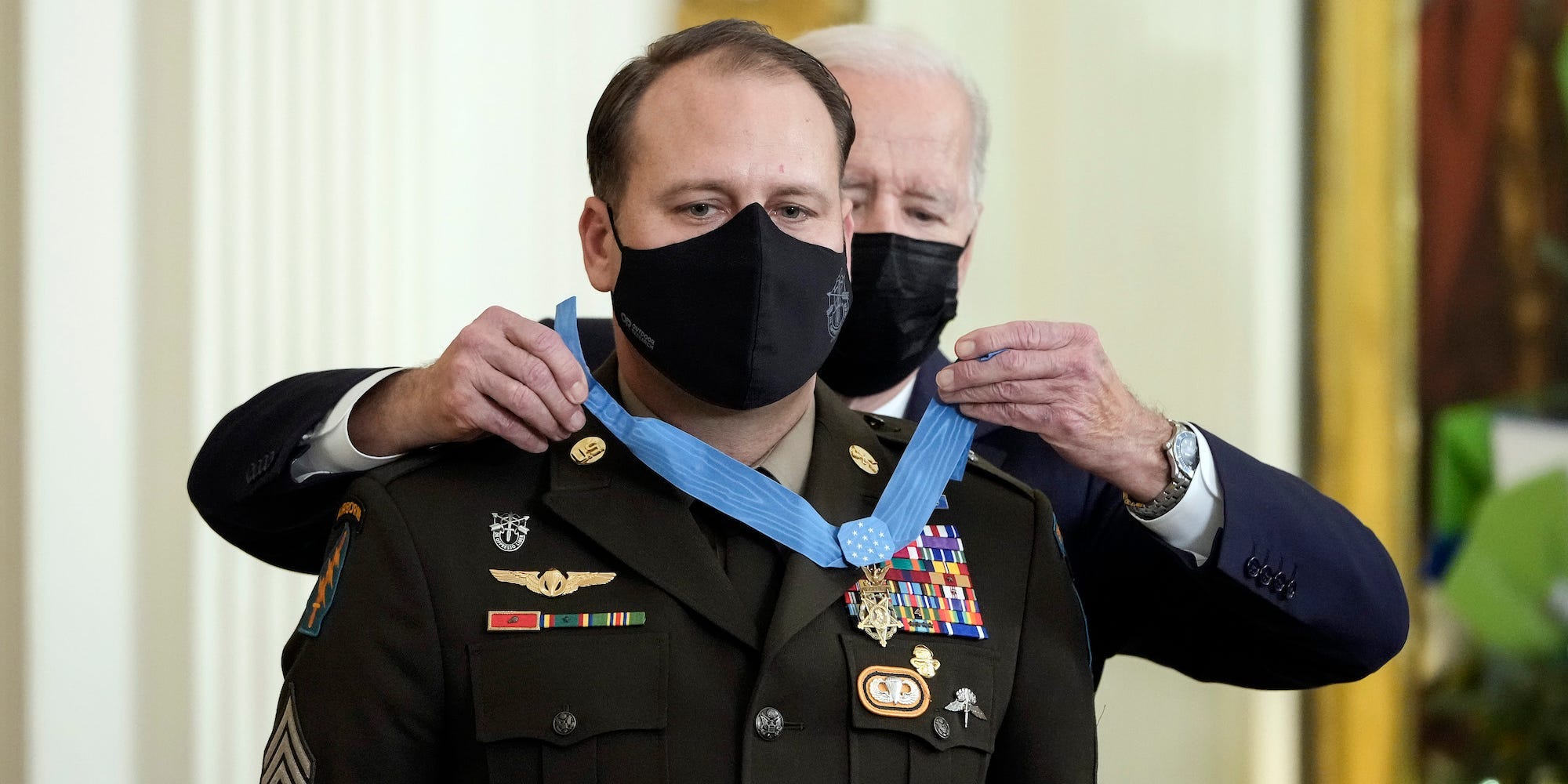
- President Joe Biden awarded the Medal of Honor to three US soldiers this week.
- Only 3,500 troops have received the military's highest award for valor under fire since it was created in 1862.
- Only seven have been awarded to Navy SEALs since the unit was officially formed in 1962.
In the last days of a year of struggle for the US military, the White House is presenting the Medal of Honor, the military's highest award for valor under fire, to three service members.
US Army Sgt. 1st Class Alwyn Cashe suffered fatal wounds saving his troops from a burning vehicle in 2005 in Iraq. Master Sgt. Earl Plumlee, a Green Beret, fought off a Taliban suicide attack on his base in Afghanistan in 2013. Sgt. 1st Class Christopher Celiz, a Ranger, put himself in between Taliban fighters and a helicopter in Afghanistan in 2018.
The three soldiers enter a very select cadre. Since 1862, when the Medal of Honor was established, only 3,527 medals, not counting the three presented this week, have been awarded.
That is an astoundingly low percentage when compared to the number of troops who have served. In World War II alone, more than 12 million Americans served in the military.
Only those who served in frontline units are likely to earn the Medal of Honor. Indeed, many have been awarded posthumously.
Only seven have been awarded to Navy SEALs since the unit was officially formed in 1962. These are their stories.
Bob Kerrey
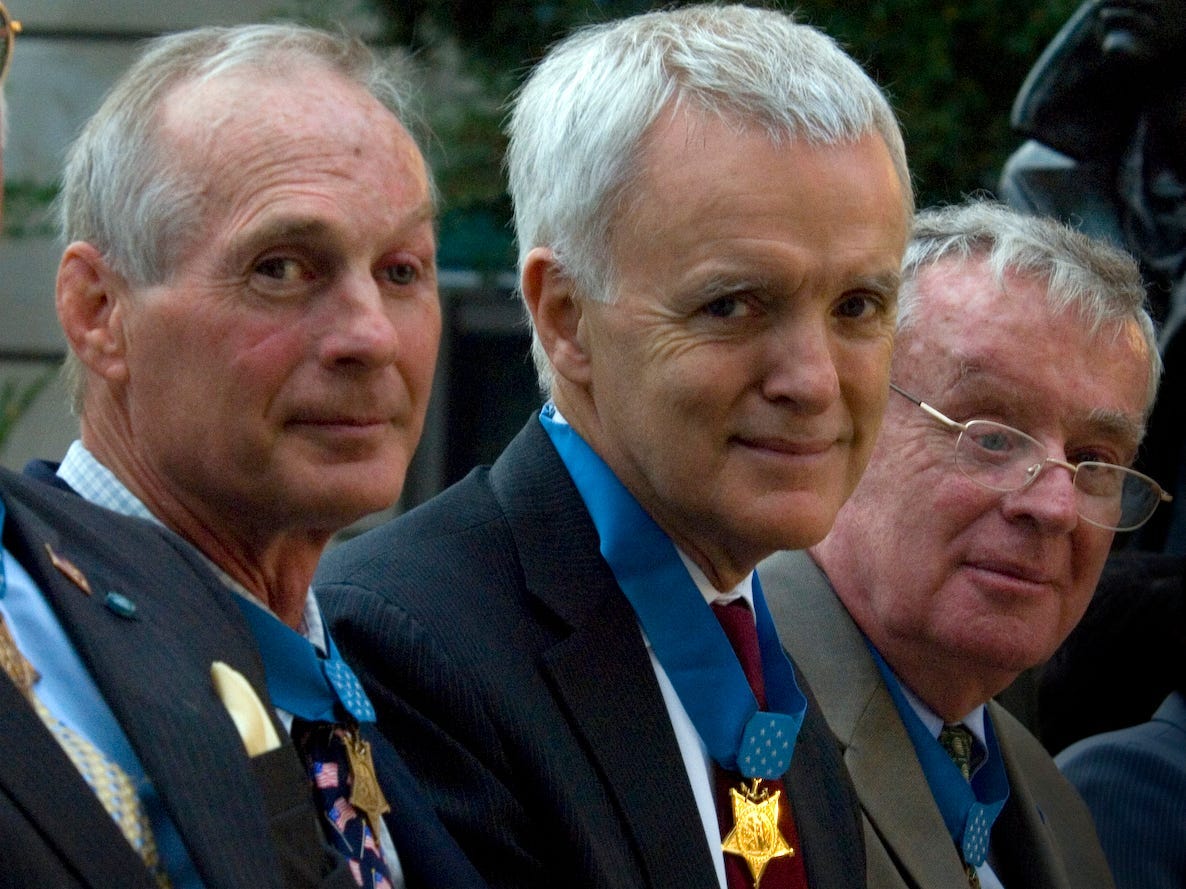
In March 1969, a SEAL assault team conducted a raid on a small island in Nha Trang in South Vietnam.
Kerrey was leading one of the two elements as they scaled a 350-foot sheer cliff so the Viet Cong wouldn't see them. As they descended on the other side and neared the camp, the enemy opened fire. A grenade exploded in front of Kerrey, and he suffered grievous injuries.
Despite his wounds, Kerrey continued to lead his men and fight. Kerrey had the presence of mind at that critical point to coordinate with the second SEAL element and suppress the enemy.
By the end of the battle, Kerrey was nearly unconscious from the loss of blood, but he continued to lead his men until he was evacuated by helicopter. His actions on that night saved many lives, and the intelligence gained by enemy prisoners was crucial to military planners.
Mike Thornton
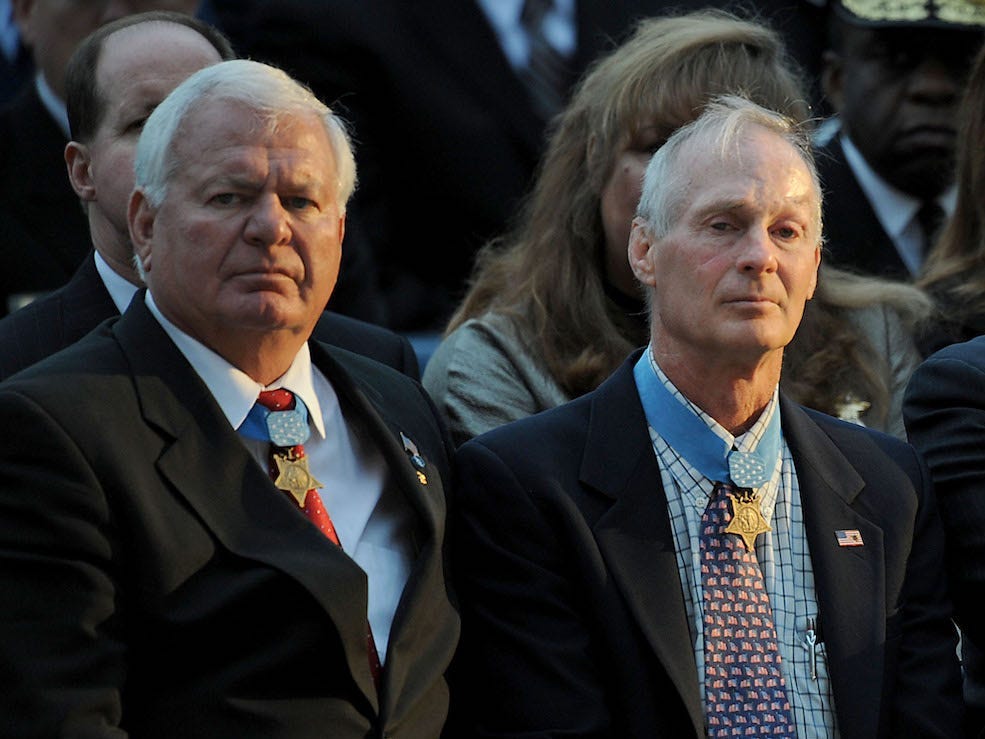
Mike Thornton probably has the most unique story on this list. He received the Medal of Honor for saving another Medal of Honor recipient, Tom Norris, another SEAL on this list.
In October 1972, Thornton was part of a joint US-South Vietnamese SEAL team that was conducting strategic reconnaissance close to the North Vietnamese shores.
The small special-operations team was there to gather intelligence on enemy movements and numbers. The SEALs had been encouraged to capture prisoners if they were able do so.
Once ashore, the SEALs encountered a large enemy force. They tried to exfiltrate, but enemy sentries saw them, and a running firefight ensued.
Norris was wounded in the head, and the South Vietnamese assumed he was dead and left him. But Thornton ran back and carried him to the water edge, all while under fire.
Then, a Vietnamese SEAL was also wounded, and Thornton carried him too. Finally, the team entered the water and swam to avoid certain death in the hands of hundreds of North Vietnamese. Thornton swam with his two wounded comrades for hours until a Navy warship picked them up.
Thorton went on to have a successful career in Naval Special Warfare, becoming a plankowner of SEAL Team 6 in 1980.
Tommy Norris
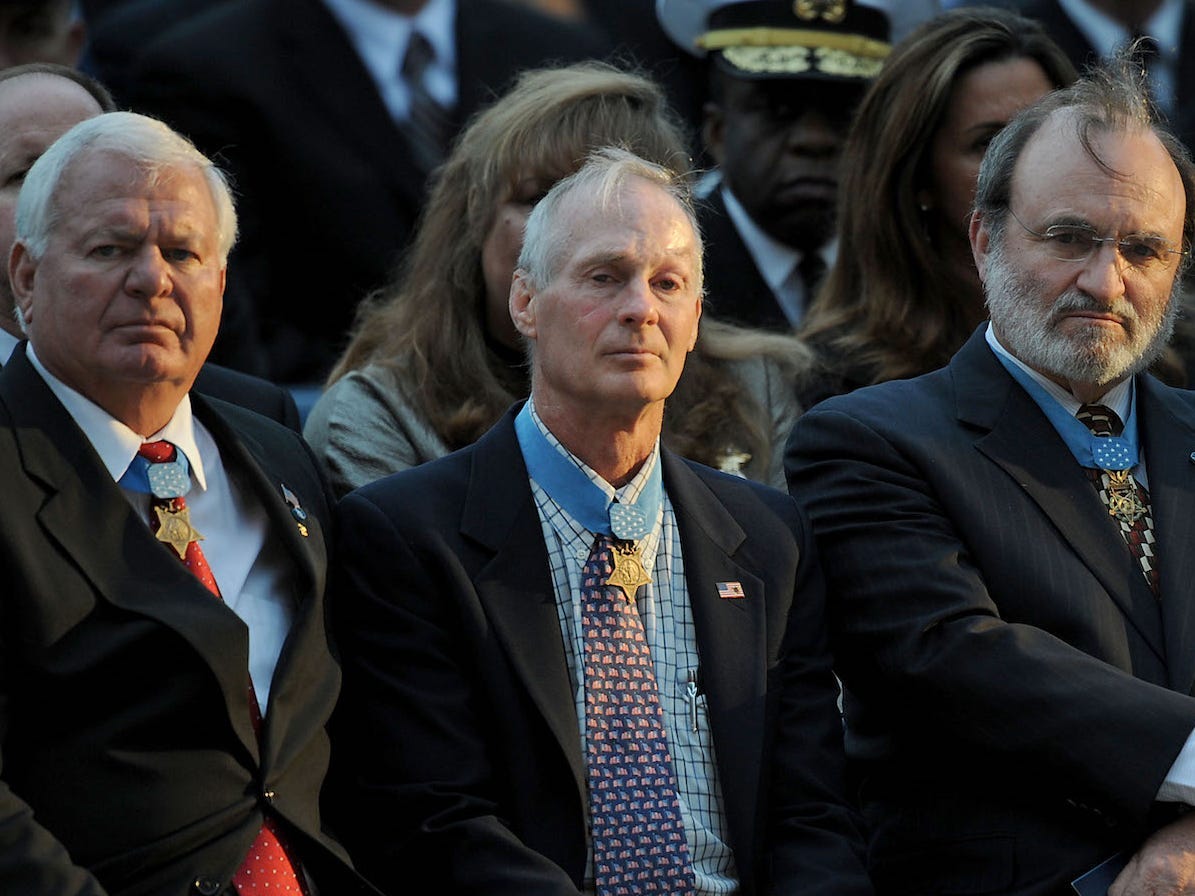
Six months before the mission with Thornton, Norris participated in a combat-search-and-rescue mission in North Vietnam.
An EB-66 light bomber had been shot down, and a crew member who had highly classified knowledge of US missile systems was trying to evade capture with hundreds of North Vietnamese on his heels.
The Air Force had lost five more aircraft trying to save him and decided to stop all sorties due to high casualties. While this happened, another pilot was downed and began evading capture in the area, complicating matters.
Norris led a rescue party more than a mile into enemy territory in search of the downed airmen.
After a stressful night and many near misses, they found and rescued the second pilot. By that point, eight days had passed since the first pilot ejected, and he was running out of strength.
Norris and a South Vietnamese SEAL went in for one last attempt. After many hours and close calls, the two commandos found the pilot and used a captured enemy boat to escape to freedom.
Mike Monsoor
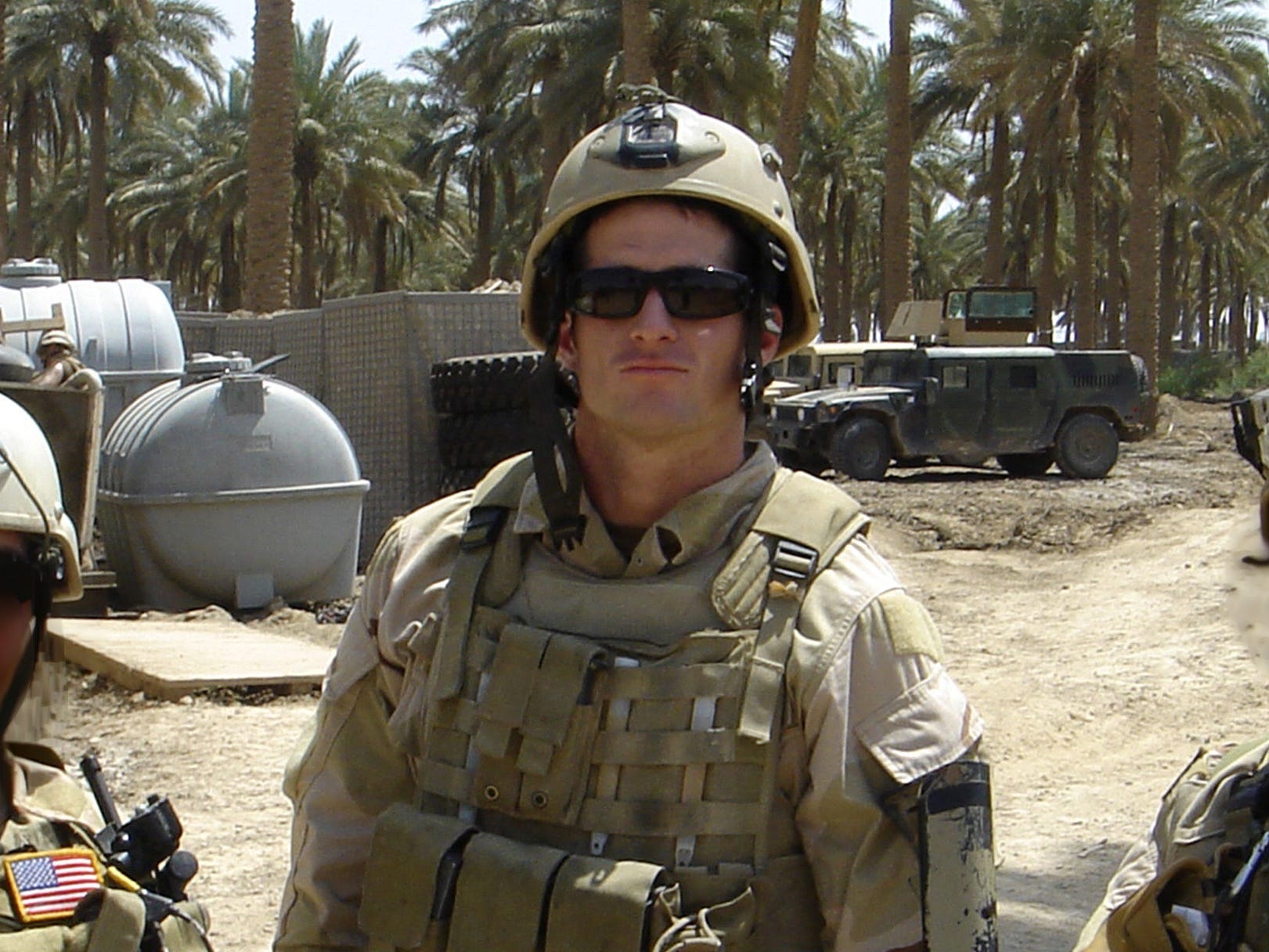
Monsoor was part of a joint SEAL-Iraqi sniper overwatch team on a rooftop in Ramadi in September 2006.
The SEALs were providing cover fire and early warning for coalition troops on the ground. Insurgents mounted attacks on their position, but the SEAL snipers stopped them with accurate fire.
The SEALs' effective fire drew the attention of the insurgents, who then attacked the SEALs on the rooftop with small arms and rocket-propelled grenades.
Monsoor was standing ready for the attack when an unseen insurgent on the ground lobbed a grenade onto the rooftop. The grenade hit and bounced off of Monsoor's chest. The two other SEALs in the position were covering other sectors and unaware of what had happened.
Monsoor was the only one who could have escaped the grenade, but he instead jumped on it, sacrificing himself to save his two teammates. He later died of his wounds.
Mike Murphy
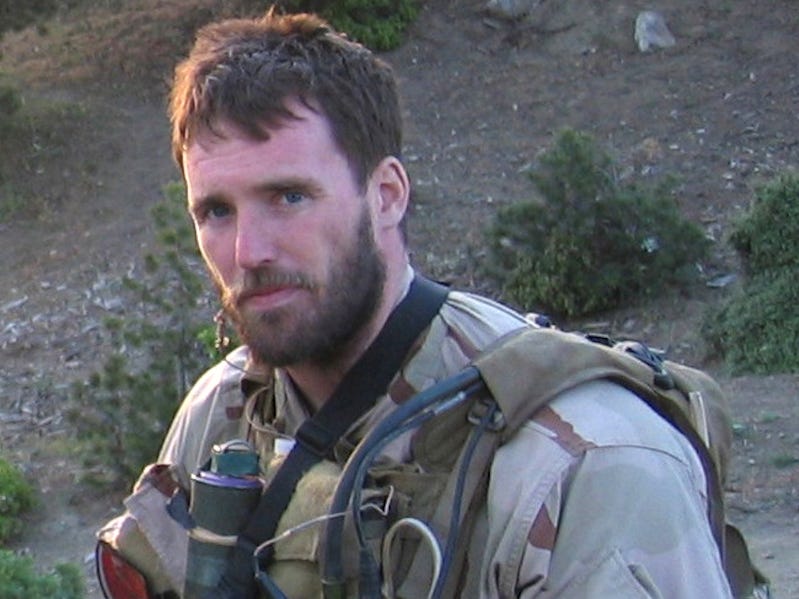
The team leader of SEAL reconnaissance element during Operation Red Wings in Afghanistan in June 2005, Murphy and his team encountered a deadly dilemma.
After the SEALs set up their observation post close to their insertion point and to a village, some shepherds discovered their position. After a debate among themselves, the SEALs decided to let the shepherds live and started exfiltrating the area.
But the enemy was on their heels. Two SEALs were killed in the ensuing firefight, and because of the high mountains surrounding the valley, the SEALs couldn't contact their headquarters and alert them of their situation.
So a wounded Murphy stepped into the open and used his satellite phone to notify his superiors. He suffered mortal wounds but completed the call while firing at the enemy, a last act of selfless valor that earned him the Medal of Honor.
The last SEAL with the element, Marcus Luttrell, managed to survive after a days-long ordeal.
Britt Slabinski
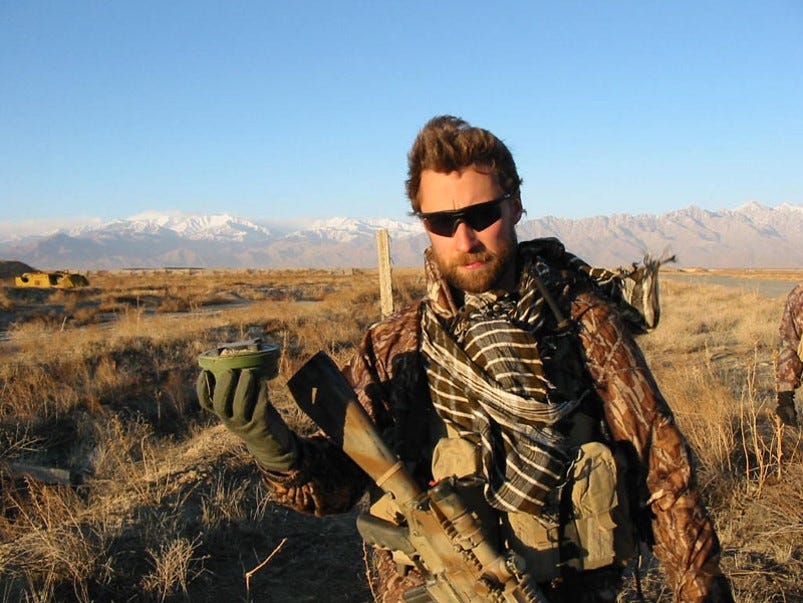
In March 2002, then-Senior Chief Britt Slabinski received the Medal of Honor for his actions as a team leader at "Robert's Ridge" during Operation Anaconda in Afghanistan.
A member of the elite Naval Special Warfare Development Group (DEVGRU) — formerly known as SEAL Team 6 — Slabinksi led his team on top of a mountain occupied by Al Qaeda fighters. Their MH-47G Chinook was peppered by gunfire as it approach, and one SEAL, Neil Roberts, fell off the helicopter and fought alone until he was killed.
Another helicopter flew the team back to rescue Roberts but was again met by heavy fire. It was forced to land lower down the mountain, and Slabinski and his team fought their way up.
At some point, Master Sgt. John Chapman, an Air Force combat controller, was wounded, and Slabinksi fought his way to him. Thinking Chapman was dead and under heavy enemy fire, Slabinksi fell back. Chapman, however, was still alive and continued to fight, even charging enemy bunkers, to the end.
The circumstances of the battle of and of Chapman's death caused controversy when Slabinski's Navy Cross was upgraded to the Medal of Honor. Chapman later received the Medal of Honor as well, becoming the first recipient to have his actions captured on video.
Edward Byers
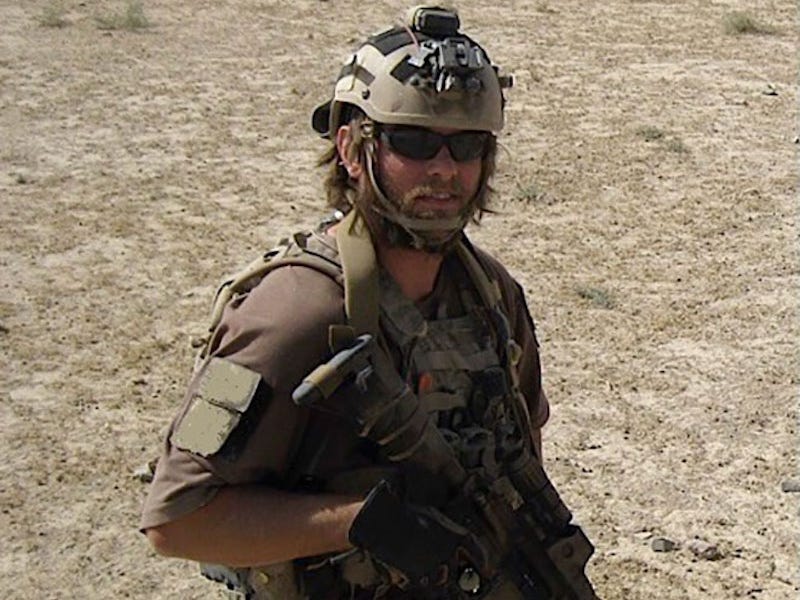
Another DEVGRU SEAL and the most recent Medal of Honor recipient, then-Chief Edward Byers earned the award during a hostage-rescue operation in Afghanistan in 2012.
As the SEALs approached the building in which an American hostage was being held, the enemy heard them. The commandos sprinted toward the building, and Byers, as the master breacher, attempted to tear away six heavy blankets were used as a door.
The first SEAL into the building was mortally wounded by enemy fires. Byers then stormed into the building, killing one enemy fighter and then another in hand-to-hand combat. He then located the American hostage and jumped on him to prevent him from getting shot in the mayhem.
While on top of the hostage, Byers attacked another enemy with his bare hands, restraining him until another SEAL killed him. Byers and his teammates then evacuated the freed hostage.
